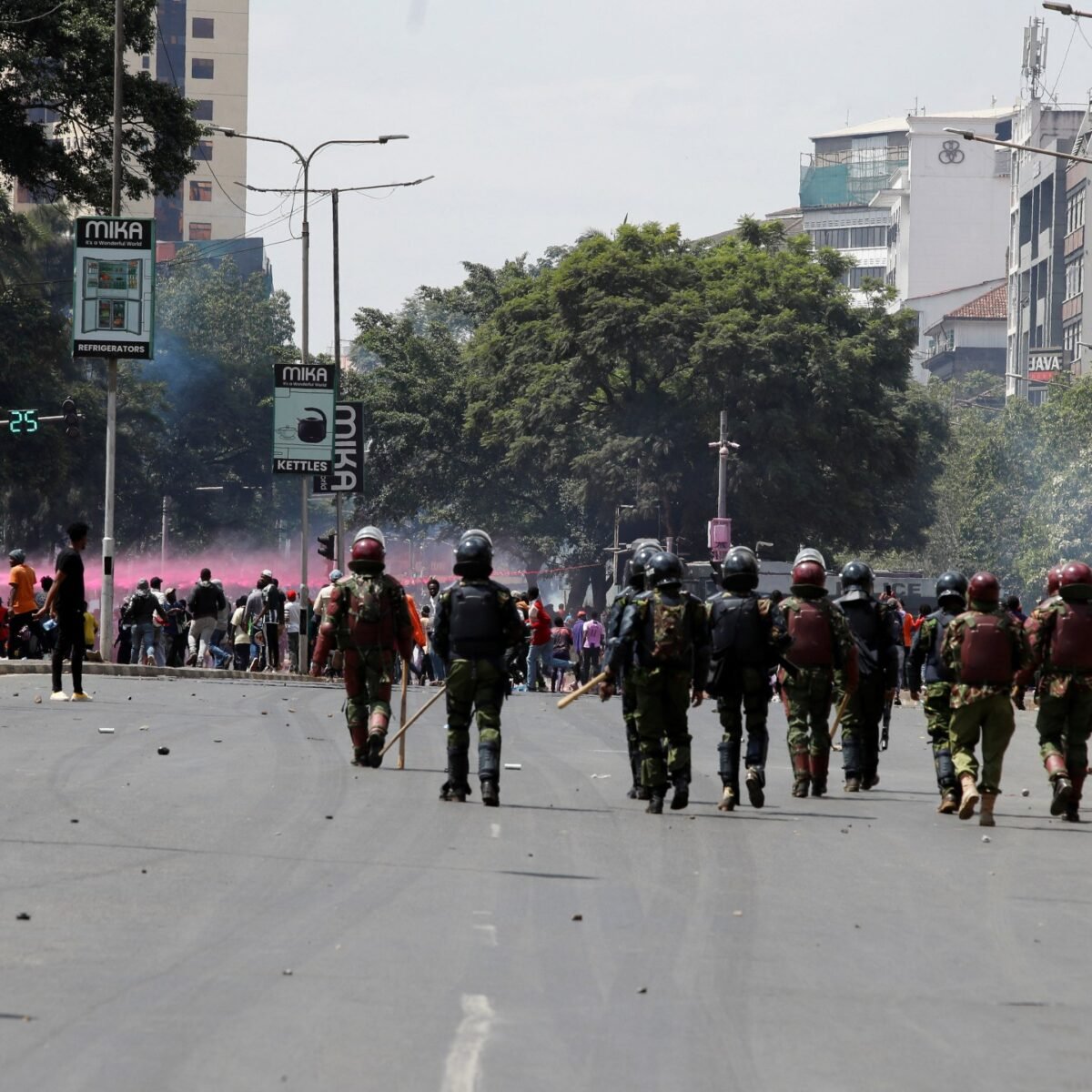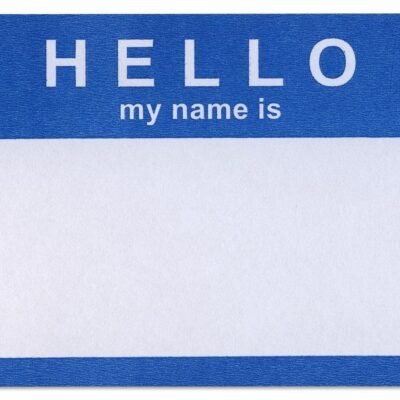Kenya agreed to a bailout programme with the International Monetary Fund (IMF) in 2021.
The programme promised sweeping economic reforms, including a steep increase in revenue collection to 25 percent of gross domestic product (GDP) to ease the country’s debt burden.
The next year, President William Ruto came to power after a campaign championing Kenya’s working poor.
Since then, he has been caught between his election promises and appeasing the IMF’s demands, urging the government to cut deficits to obtain more funding.
In the 2024-25 bill, the Kenyan government aims to raise $2.7bn in additional taxes to reduce the budget deficit and state borrowing.
Kenya’s public debt stands at 68 percent of GDP, higher than the 55 percent of GDP recommended by the World Bank and the IMF.
Grappling with acute liquidity challenges amid uncertainty over its ability to access capital from financial markets, Kenya has turned to the IMF – which has urged the government to meet revenue targets to access more funding.
Stipulations placed by the IMF on countries and the subsequent economic measures taken by their governments to meet those demands have caused unrest in several countries, including Argentina, Suriname, and Sri Lanka in recent years.





